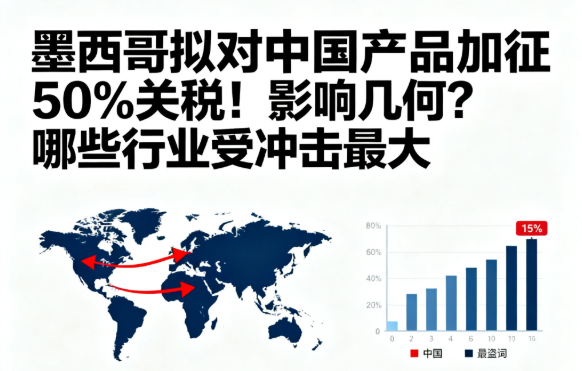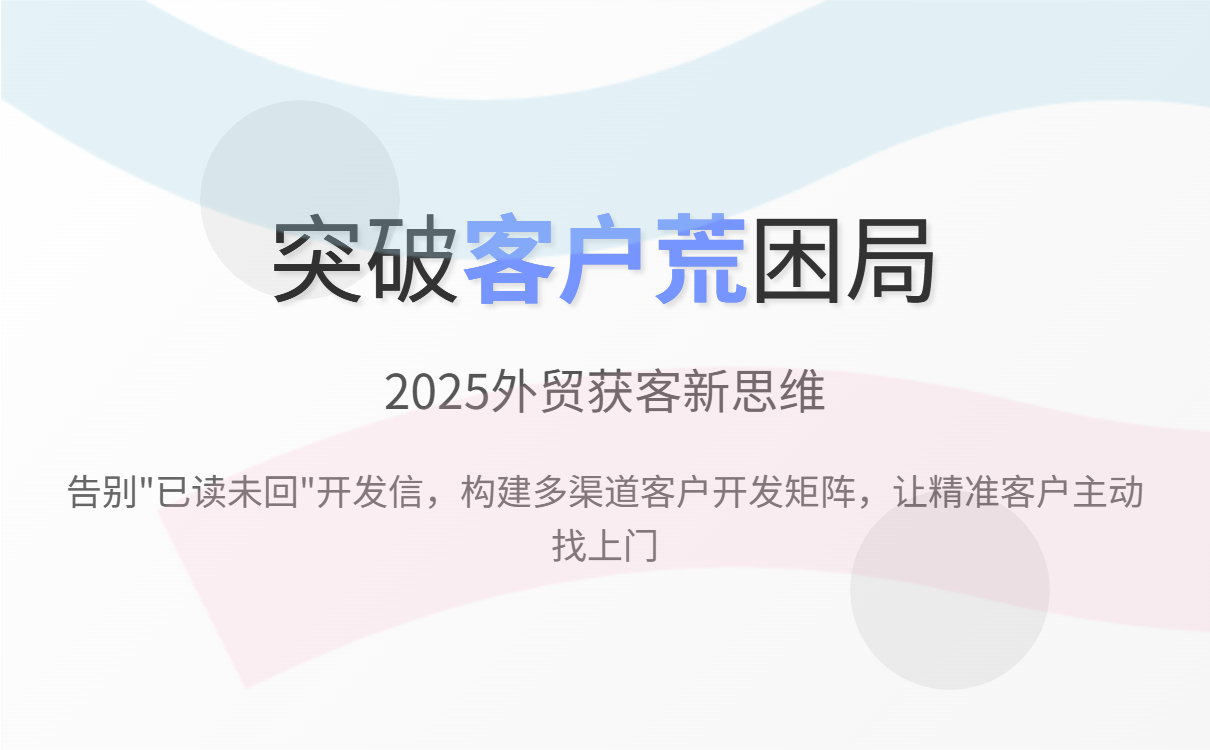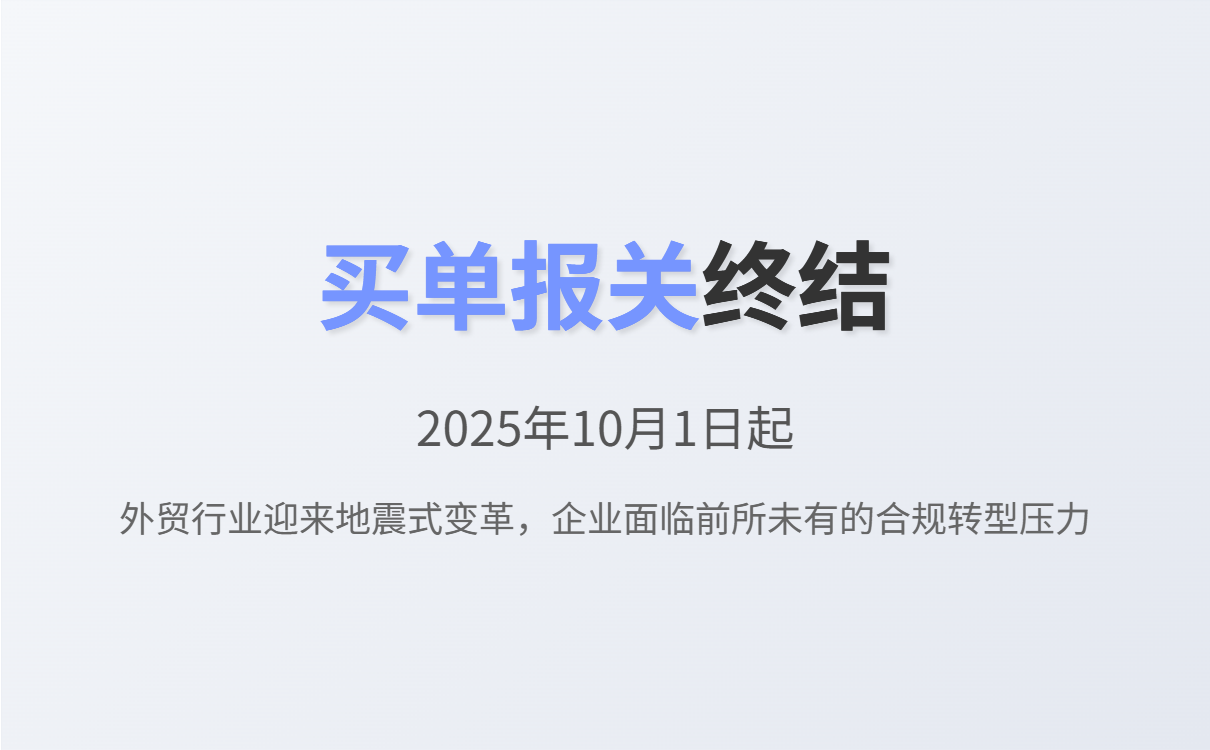
In the complex landscape of international trade, payment methods are closely related to the success of transactions and the safety of funds. This article delves into two mainstream payment methods - Letter of Credit (L/C) and Telegraphic Transfer (T/T), and offers practical risk - control strategies.
According to industry data, L/C accounts for about 30% - 40% of international trade payments, especially popular in high - value and long - distance transactions. L/C provides a certain degree of security for both buyers and sellers. For example, in a large - scale machinery export from China to Europe, the seller can rely on the L/C issued by the buyer's bank to ensure payment upon meeting the specified conditions. However, L/C also has limitations. It involves complex procedures, and the cost can be as high as 1% - 3% of the transaction value.

T/T, on the other hand, is more flexible and faster. It accounts for approximately 50% - 60% of international trade payments, mainly used in small - to - medium - sized transactions or in cases where both parties have a high level of trust. For instance, a textile company in India may use T/T to pay for raw materials from a supplier in Pakistan. But T/T exposes both parties to certain risks, such as the risk of non - payment by the buyer or the risk of the seller not delivering goods as promised.
In L/C transactions, common risks include credit risks of the issuing bank. If the issuing bank goes bankrupt or has financial difficulties, the seller may face payment problems. Operational risks also exist, such as discrepancies in documents. Statistics show that about 50% - 70% of L/C transactions have some form of document discrepancies, which can lead to payment delays or even non - payment.

In T/T transactions, the main risks are related to the buyer's credit. There is a risk that the buyer may default on payment after receiving the goods. For example, a South American buyer may delay payment due to economic instability in their country.
When using L/C, companies should pay attention to contract terms. For example, clearly define the delivery time, quality requirements, and document presentation period. They should also choose reliable banks. A bank with a high credit rating can reduce the risk of non - payment. Additionally, establish a strict document review mechanism to avoid discrepancies. In a real - world case, a Chinese electronics exporter reduced the risk of L/C non - payment by carefully reviewing documents and communicating with the bank in a timely manner.
For T/T, companies can require a certain percentage of advance payment, usually 30% - 50%. They should also conduct in - depth credit investigations on buyers. Regularly track the flow of funds and establish a verification mechanism. For example, a furniture manufacturer in Vietnam ensured payment security by requiring a 40% advance payment and closely monitoring the remaining payment process.
Effective risk management is crucial for the stability of foreign trade enterprises. By choosing the right payment method and strengthening risk control, companies can ensure the safety of funds and the smooth progress of transactions. This not only helps enterprises maintain a stable cash flow but also enhances their competitiveness in the international market.

The Foreign Trade Geek platform can be a powerful tool for enterprises in this regard. With its intelligent website - building and customer management functions, it helps enterprises optimize payment - method risk control and improve the efficiency of capital operation. If you want to enhance your foreign - trade business capabilities, click here to learn more about the Foreign Trade Geek platform.
.png?x-oss-process=image/resize,h_100,m_lfit/format,webp)
.png?x-oss-process=image/resize,h_100,m_lfit/format,webp)

.png?x-oss-process=image/resize,h_100,m_lfit/format,webp)
.png?x-oss-process=image/resize,h_100,m_lfit/format,webp)
.png?x-oss-process=image/resize,h_100,m_lfit/format,webp)
.png?x-oss-process=image/resize,h_100,m_lfit/format,webp)
